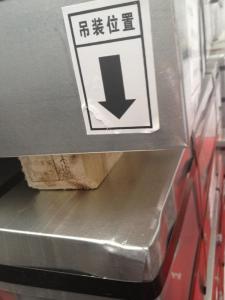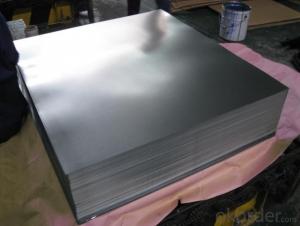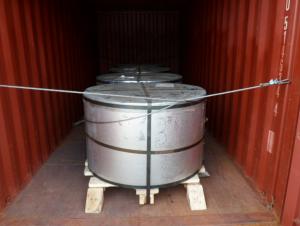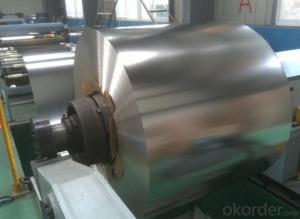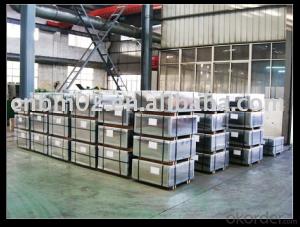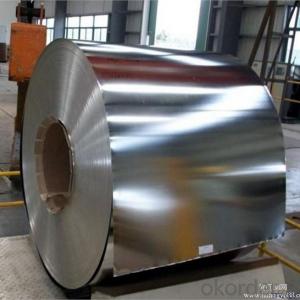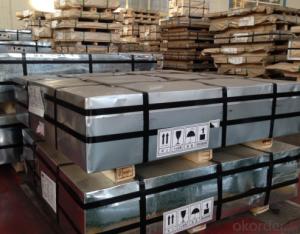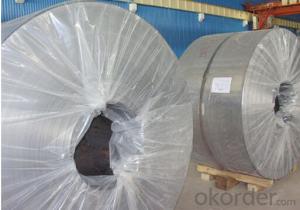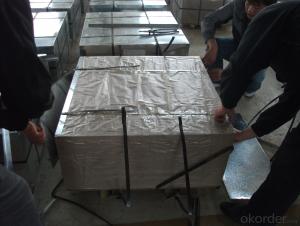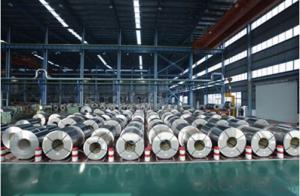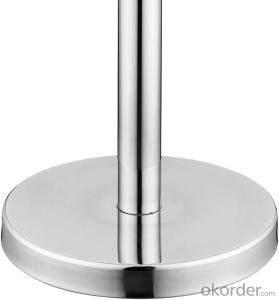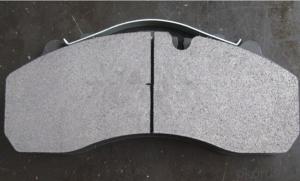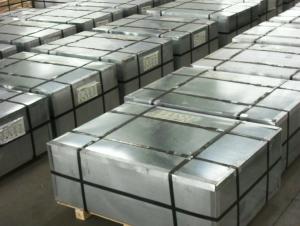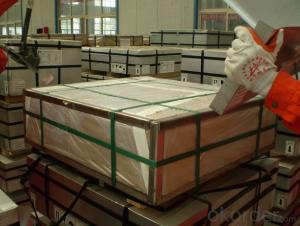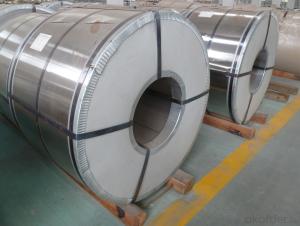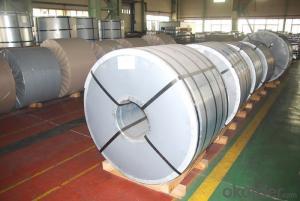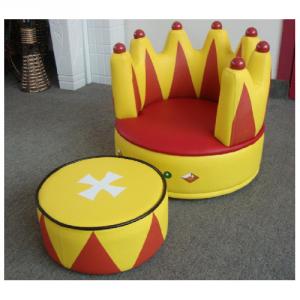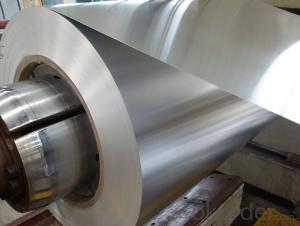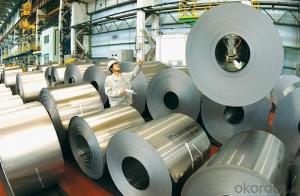Crown Tinplate
Crown Tinplate Related Searches
Crown Stainless Steel Crown European Tinplate Polystyrene Crown MoldingHot Searches
Mth Tinplate For Sale Tinplate For Sale Tinplate China Tata Tinplate Price List Tinplate Price Trend Tinplate Nse Share Price Tinplate Price Chart Tinplate Share Price Nse Tata Tinplate Share Price Tinplate Share Price Today Tinplate Share Price Bse Tinplate Price Tinplate Share Price Tinplate Coil Manufacturers Tinplate Factory Tinplate Production Tinplate Products Ltd Tinplate Products Tinplate Manufacturers Tinplate CompanyCrown Tinplate Supplier & Manufacturer from China
Okorder.com is a professional Crown Tinplate supplier & manufacturer, offers integrated one-stop services including real-time quoting and online cargo tracking. We are funded by CNBM Group, a Fortune 500 enterprise and the largest Crown Tinplate firm in China.Hot Products
FAQ
- Tinplate performs well in terms of temperature resistance, as it can withstand high temperatures without warping or losing its structural integrity.
- Does the tinplate have a tensile rate? Thank you heroes!
- Where Sn is the tin plating, tin tin iron is also called the iron horse known as tin plating English, abbreviated as SPTE, is a commercial pure tin plating of cold rolled low carbon steel sheet or strip. Tin plays a major role in preventing corrosion and rusting. It will be the steel strength and formability and corrosion resistance of tin soldering, and beautiful appearance with a material, corrosion resistant, non-toxic, high strength and good ductility properties.
- Tinplate is commonly used in the packaging of food due to its protective properties. It acts as a barrier against air, moisture, and light, preventing contamination and spoilage of the product. However, tinplate can potentially affect the taste and quality of food if there is any interaction between the metal and the food. This can occur when acidic or salty foods come into contact with the tin coating, leading to a metallic taste. To prevent such issues, tin coatings are often lined with a layer of enamel or lacquer to create a barrier between the food and the metal. Additionally, strict regulations and quality control measures are in place to ensure that tinplate used in food packaging is safe and does not compromise the taste or quality of the food.
- One common misconception about tinplate packaging is that it is not environmentally friendly. While tinplate is made from steel, which is a finite resource, it is highly recyclable and can be reused multiple times without losing its quality. Additionally, tinplate packaging has a long shelf life, reducing the need for frequent replacement. Another misconception is that tinplate packaging is easily damaged or dented. However, modern manufacturing techniques have made tinplate packaging highly durable and resistant to external pressures, ensuring the protection of the products inside.
- Yes, tinplate can be used for promotional and gift items. It is a versatile material that can be easily customized and printed on, making it ideal for creating unique and eye-catching promotional merchandise or personalized gifts. Tinplate items such as tin boxes, tin cans, or tin signs can be branded with logos, messages, or designs, making them an excellent choice for promotional and gift purposes.
- There are several different ways tinplate packaging can be decorated, including lithography, embossing, printing, and labeling. Lithography involves applying a design or image onto the tinplate using a printing process. Embossing creates raised or recessed designs on the surface of the tinplate, adding texture and dimension. Printing can be done using various techniques such as screen printing, flexography, or digital printing to apply graphics, logos, or text onto the tinplate. Lastly, labeling involves attaching pre-printed labels onto the tinplate packaging, allowing for custom branding or labeling options.
- There are two main types of tinplate lamination: single-sided lamination and double-sided lamination. Single-sided lamination involves laminating one side of the tinplate with a layer of material, while the other side remains untreated. Double-sided lamination, on the other hand, involves laminating both sides of the tinplate with different layers of material, providing enhanced protection and durability.
- The main challenges in the production of tinplate include ensuring a consistent quality of tin coating on the steel substrate, controlling the thickness of the tin layer, preventing contamination during the production process, managing the formation of tin oxide, and minimizing the occurrence of defects such as pinholes or scratches on the tinplate surface. Additionally, maintaining a stable and efficient production line, optimizing energy consumption, and complying with environmental regulations are also significant challenges.

